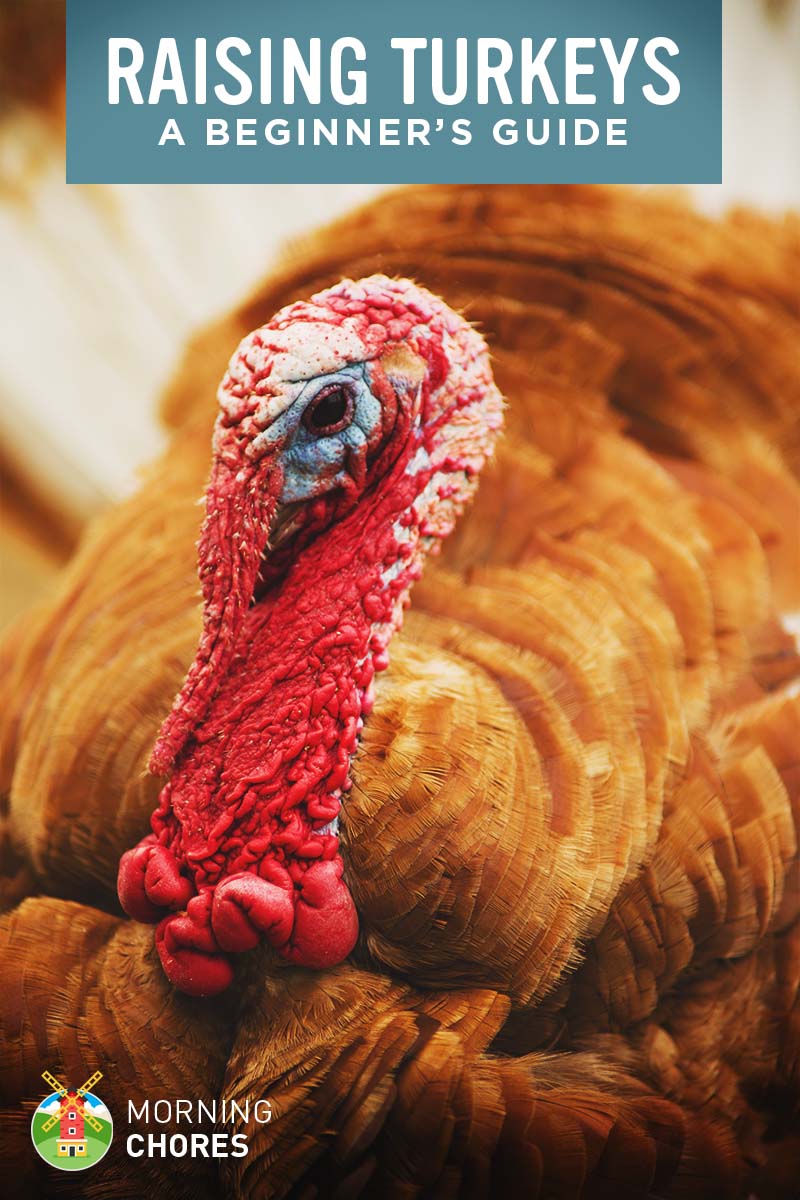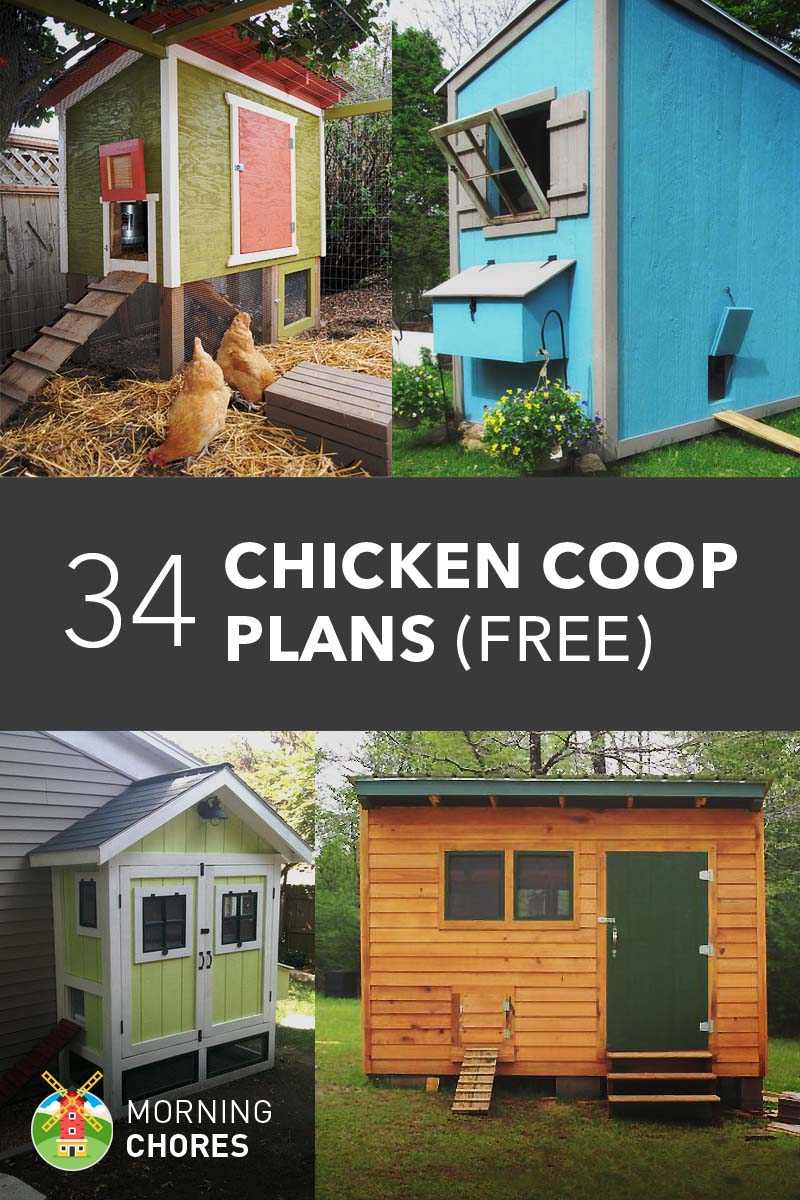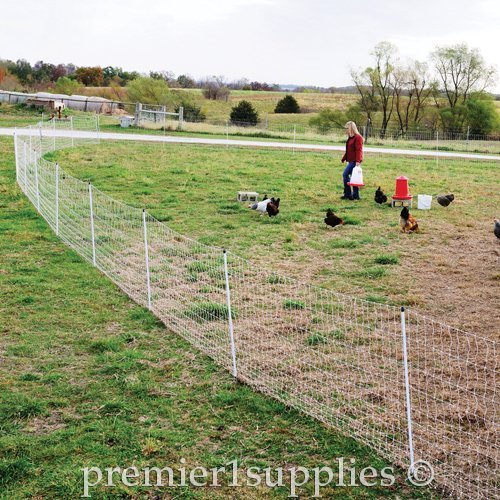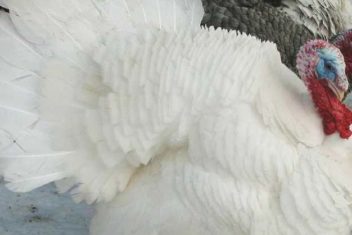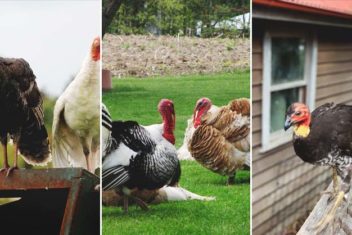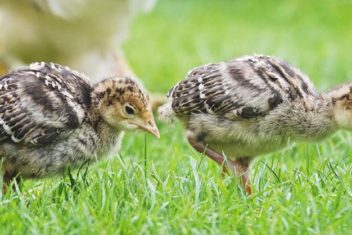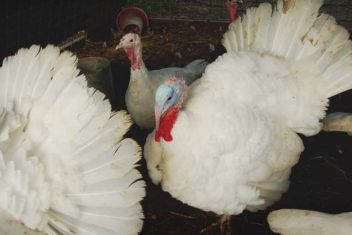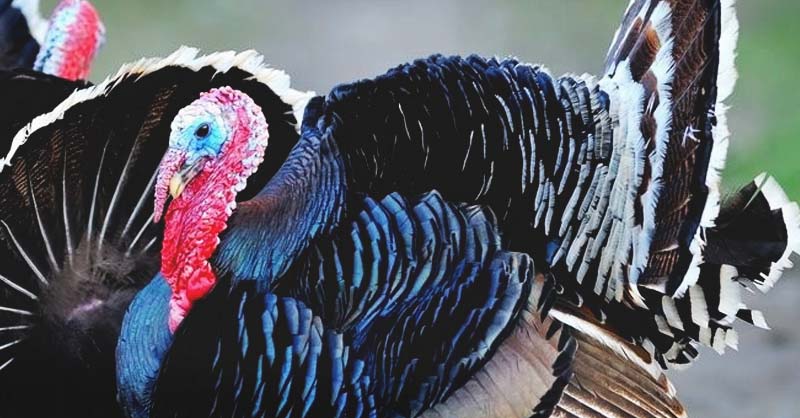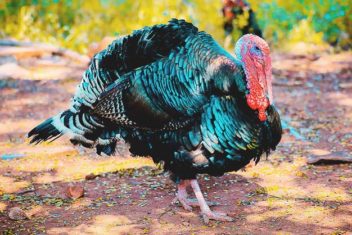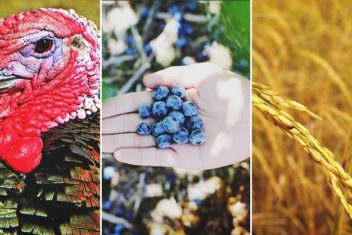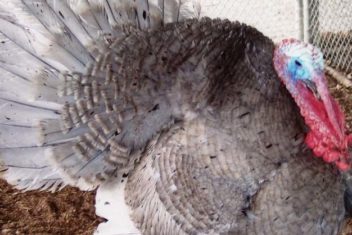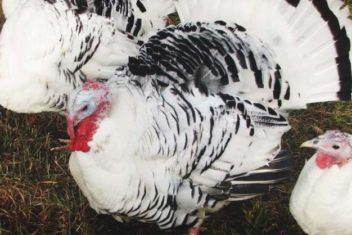Turkey is one of the best animals to raise for meat and profit. Especially during the holidays because their price will spike as almost every single family in the US buys a turkey for dinner.
Raising turkey will also save you money because you won’t need to buy one for the holidays. It might seem crazy if you’ve never raised one before… However, turkey is just a big old chicken.
There’s not much difference between raising chickens and turkeys (and any other poultry, really). There are a few considerations, though.
Here’s how to raise turkeys for meat.
Buying or Hatching Baby Turkey
Just for your own knowledge, a baby turkey is called a poult or a chick. In this particular setting, I’m going to refer to it as a poult.
First, you will need to purchase your poults.
There are a few things to take into consideration when making your initial purchase.
1. Breed or Buy
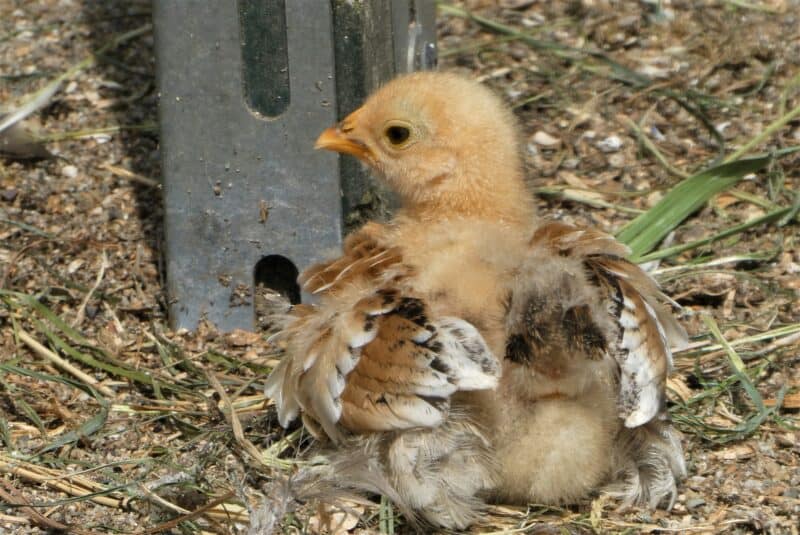
Do you want to breed your own turkeys so you won’t have to buy them in the future, or do you just want to purchase your poults each year?
If this is the first time you’re raising any kind of poultry (chickens, ducks, etc.), it’s probably better for you to buy poults instead of breeding adult turkeys or hatching turkey eggs. There will be fewer problems for you.
However, if you’re already experienced with them, hatching your own turkey eggs each year would be much cheaper.
2. How Long Does It Takes Poults To Hatch
It takes about 28-31 days to hatch turkey eggs. Then it’ll take 6-7 months for a baby turkey to reach sexual maturity (ready to lay eggs and be butchered). It’s important to know how to hatch turkey eggs.
3. The Cost of Purchasing Poults
Poults are rather pricey when purchasing them. And you will have to order (in most places) a minimum of 15 in order for them to keep warm when being shipped to you.
As you can tell the cost of purchasing poults each year will quickly add up. Still, if you raise your own you won’t have to worry about that.
4. Breeding Naturally or Artificially
Now, if you decide to raise your own turkeys then you will need your initial purchase to be for a heritage breed. They do not get big fast, but they are able to breed naturally.
Here are some of heritage breeds:
- Royal Palm: Toms weigh about 18-20 pounds, hens about 10-14 pounds. Royal Palms are great layers, great moms, and they taste the best amongst heritage breeds
- Midget White: Toms weigh about 16-20 pounds, hens about 8-12 pounds. Midget White is the most popular heritage breed for its meat taste and easiness to raise
- Blue Slate: Toms weigh about 23 pounds, hens about 14 pounds. Blue Slates have great taste, they’re also easy to raise because they tend to have fewer problems
- Bourbon Red: Toms weigh about 30 pounds, hens about 12-14 pounds. They have a good personality and they are good mothers
- Black Spanish: Toms weigh about 28 pounds, hens about 14 pounds. They’re a good layer and also calm

However, if you decide to go with the type of turkey you purchase at the store (Broad Breasted Turkeys) they get bigger faster. Still, they are not able to breed naturally.
So this means you will have to artificially inseminate your Broad Breasted Turkeys in order for them to reproduce or buy them as poults each year.
5. Do You Care About How Your Turkey Will Look?
One thing you should also keep in mind is that if you care how your holiday bird looks, you will have to pick a turkey with lighter feathers. The reason is that the feather shafts of darker feathered birds are hard to get clean from the skin.
Therefore, that can make the bird look a little different than what you might be used to.
As you can tell you will need to make some decisions at this point in deciding to raise your holiday turkey. However, after you get past the initial choices, it is all downhill from there.
Raising and Caring for Turkeys
Whatever type of poult you decided to go with, you will care for them the same.
For starters, you will need a brooder box. You can either purchase a brooder or build one. It will need to stay at 95°F for the first week. After that, you can decrease the temperature by 5° each week.
If your birds are huddling super close to the heat lamp then you’ll know they are cold and you might need to increase the heat a little.
However, if they are trying to get as far away from the heat lamp as possible then you’ll know that they are hot and might want to drop the temperature a little. However, that will be totally between you and your birds.
Sounds familiar? It is because you care for turkey poults the same way you do baby chicks.
As the poults get bigger, you can slowly introduce them to their coop. At this point, you need to have a turkey coop.
Some people do keep their chickens and turkeys together, while others choose to build them a separate coop. That is totally up to the person raising them.
If you don’t have a coop yet, read this article:
The structure of a chicken and turkey coop is quite similar, except you need bigger space for turkeys and they’re best kept in an open area with no wall.
One turkey needs at least 6.25-feet of space. They also need roosts to sleep.
You’ll also need fencing to protect your turkeys from predators. Turkeys are flighty, so your fence needs to be at least 4-feet high. Once you have purchased your electric fencing you need to install it effectively and safely and this guide will help with the process.
Feeding Turkeys
Turkeys eat very similar to chickens.
Now, I will tell you upfront, unless you hatch your own turkeys, allow them to free-range, and grow your own feed. It is probably cheaper to purchase your bird at the grocery store.
However, if you are like me, and you try to avoid the grocery store (for whatever reason) then you are still probably interested in raising your own holiday meals.
So as far as what you should feed them, this is the best way:
- At a day old, you should feed the poults a 28% protein feed
- When they are 8 weeks old, you should feed them a 20-22% feed
- At 14 weeks, you should feed them an 18-20% feed
A second option is to start your poults out on a game bird feed and then switch them to a basic feed when they begin to forage. When the poults are foraging, you can feed them garden scraps and basically anything else you would use to feed your chickens.
Here’s a simple explanation on how much you should feed your poults:
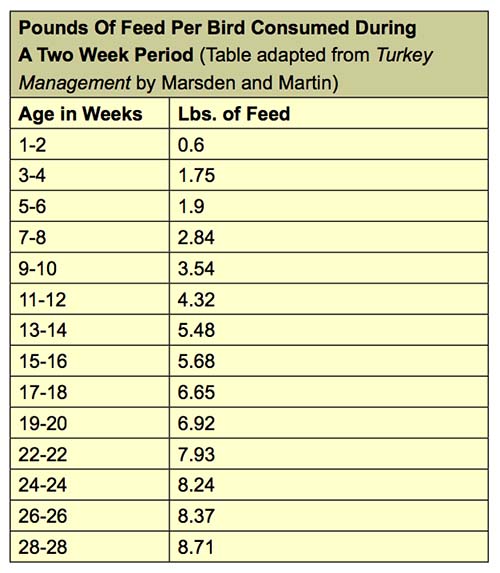
As you can tell, feeding your turkeys is probably one of the easiest steps in raising them.
Butchering, Processing, And Cooking Turkey
If you choose to go with a Broad-Breasted Turkey, they should reach butchering weight faster than a heritage breed turkey.
With that being said, at 16-22 weeks they should be weighing at around 12-14 pounds. A heritage breed turkey will mature at 25-30 weeks. So when you have determined they have reached the appropriate weight, you will pull your turkeys out and butcher them.
How you choose to butcher them is totally up to you.
You will butcher turkeys the same as you do chickens. The only difference is they are heavier and therefore, harder to control and much harder on your back. So you need two people to hold your turkey.
You might find this step by step tutorial on how to butcher your turkeys very informative.
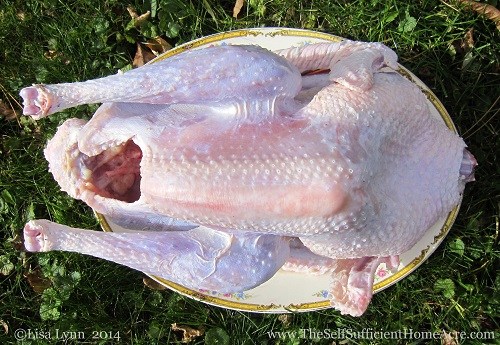
Once you get your turkeys butchered and cleaned out, you can freeze or can cook them.
If you are going to cook your turkey immediately be sure to let it rest in the refrigerator for about 24 hours. This will allow for the muscle tissue to relax and become tenderer.
If you decide to freeze your turkey, you won’t need to let it sit before. However, you will need to find large freezer bags that will be able to hold the turkey.
And if you are able to find food saver bags that are big enough to hold the turkey that might be a good option as well. You can purchase the bags on Amazon.
If none of these options appeal to you, you could always preserve your turkey by canning it.
Well, now you know how to raise, care for, feed, butcher, and preserve or cook your own homegrown turkey.
